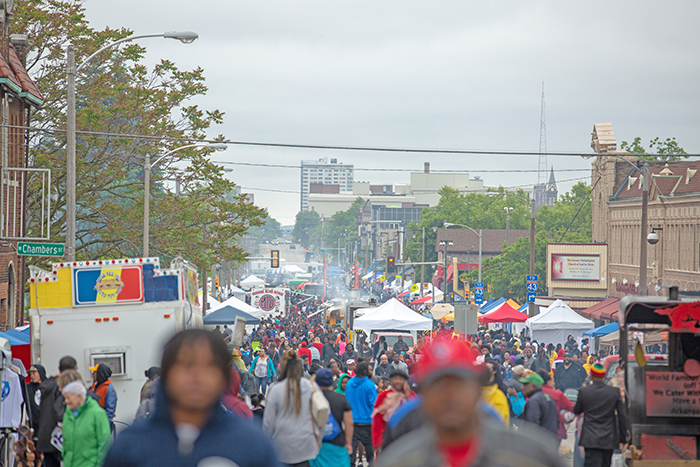By Liz Clearman
Juneteenth pops up on the calendar each year on June 19th (hence the name combining “June” and “19th”), and I’d venture to guess that most people are at least vaguely aware that it has something to do with slavery and emancipation. However, did you know that it officially marks the day — made a state holiday by Texas in 1979 and a national holiday by Biden in 2021 — when federal troops came to Galveston in 1865 to demand that all enslaved people be freed?
Two years prior, the Emancipation Proclamation was signed by President Abraham Lincoln, and two months before that, Confederate General Robert E. Lee surrendered at Appomattox Courthouse in Virginia. Slavery continued to have a stronghold in Texas even after the Proclamation was signed, and many slave owners moved here to escape the Union presence during the Civil War because they knew no one would question their “activities.” The inhumane practice didn’t officially end in the Lone Star State until U.S. General Gordon Granger read the orders on Texas soil that stated: “The people of Texas are informed that, in accordance with a proclamation from the Executive of the United States, all slaves are free.”
Once the general read the orders, celebrations broke out amongst a quarter of a million newly freed Black people — and Juneteenth was unofficially born. In 1866, freedmen in Texas organized festivities on June 19th for what became an annual acknowledgement of those released from slavery, called Jubilee Day, and as Black people left Texas and settled in other parts of the country, the tradition followed and spread, culminating today in prayer services, barbecues, dancing, and music. In December of 1865, slavery was abolished nationwide with the enactment of the 13th Amendment of the Constitution.

